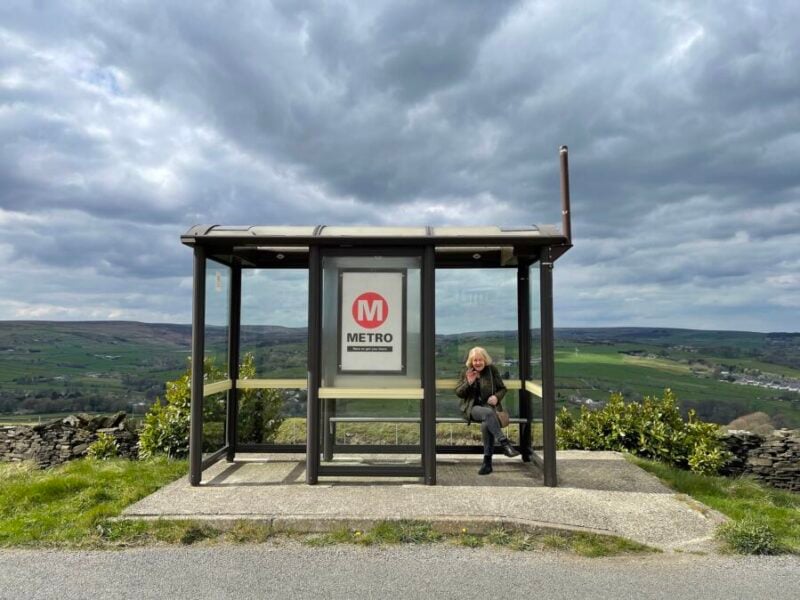The bus shelters designed to protect commuters from extreme weather may actually be making summer heat worse, according to surprising research from UTHealth Houston. A new study reveals that enclosed bus shelters with acrylic walls and metal frames can act like miniature greenhouses, trapping heat and creating conditions even more dangerous than standing in direct sunlight.
“Because the enclosed acrylic walls with metal trapped radiation inside the shelter, it was like an oven, making it hotter than outside the shelter,” said Kevin Lanza, PhD, lead researcher and assistant professor at UTHealth Houston School of Public Health.
The research team measured heat stress at 17 Houston bus stops during 13 scorching summer days when temperatures reached between 95-103°F. Using specialized sensors that record wet bulb globe temperature (WBGT) – which accounts for air temperature, humidity, wind speed, and solar radiation – they found that one common shelter design actually increased temperatures by 5.2°F compared to standing outside.
Trees proved to be the most effective cooling option, lowering heat stress by 5.9°F on average. Among shelter designs, those with open structures that promoted airflow performed substantially better than enclosed models that trapped heat.
This finding has significant implications for public health. Transit riders, who often walk to bus stops and then wait in potentially dangerous heat, face heightened risk of heat-related illness. The research suggests that poorly designed shelters could be a form of “maladaptation” – infrastructure intended to help people adapt to climate change that inadvertently makes conditions worse.
“Study results can serve as evidence for planting trees at bus stops for maximum cooling, and if shelters are the only option, then being strategic in design,” Lanza noted.
As cities attempt to encourage public transit use to reduce emissions and combat climate change, this research highlights how essential it is to consider the heat safety of waiting passengers – especially in low-income neighborhoods where tree canopy is often sparse and transit dependency higher. With climate projections showing even more extreme heat in coming decades, the stakes for getting shelter design right couldn’t be higher.
If our reporting has informed or inspired you, please consider making a donation. Every contribution, no matter the size, empowers us to continue delivering accurate, engaging, and trustworthy science and medical news. Independent journalism requires time, effort, and resources—your support ensures we can keep uncovering the stories that matter most to you.
Join us in making knowledge accessible and impactful. Thank you for standing with us!

